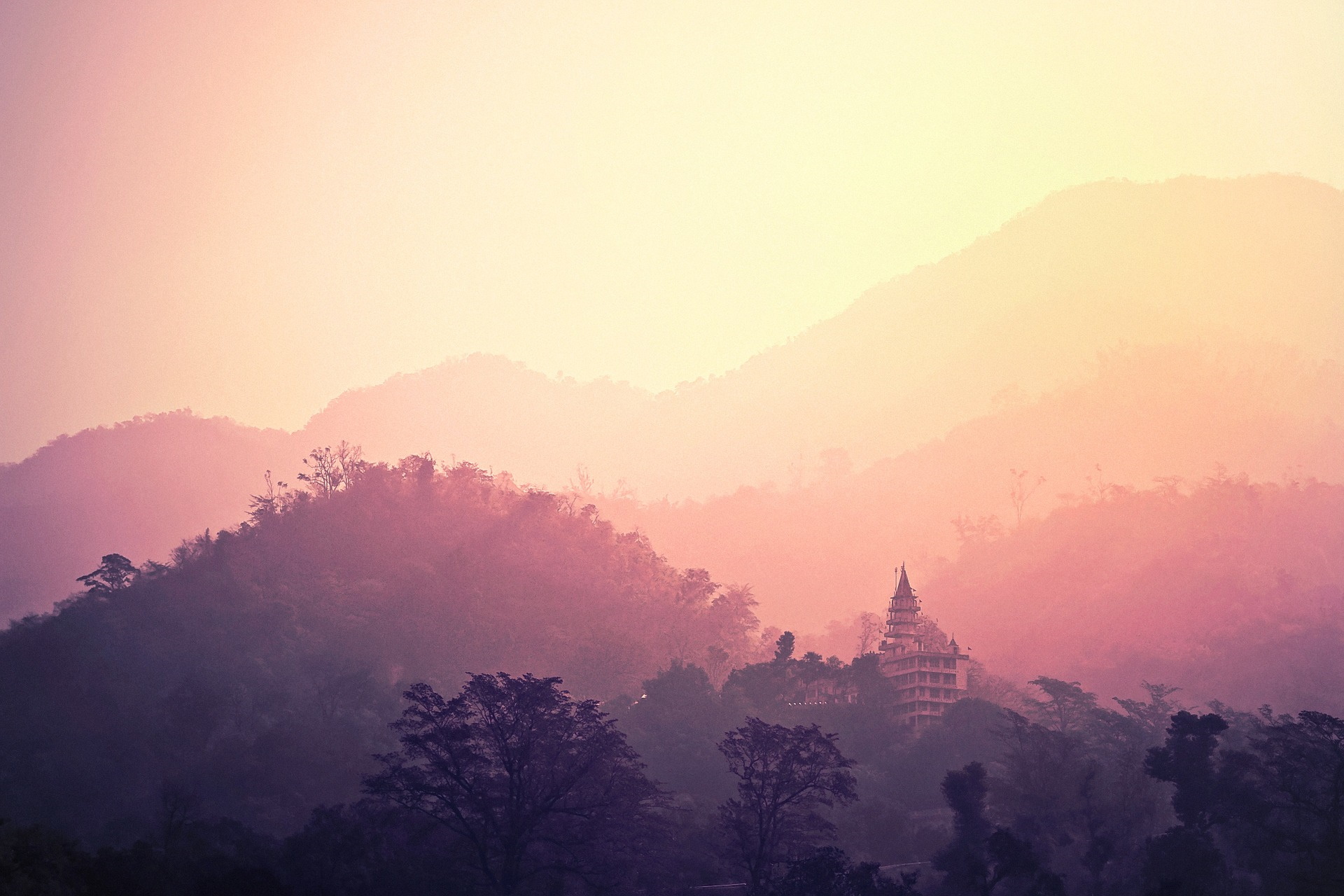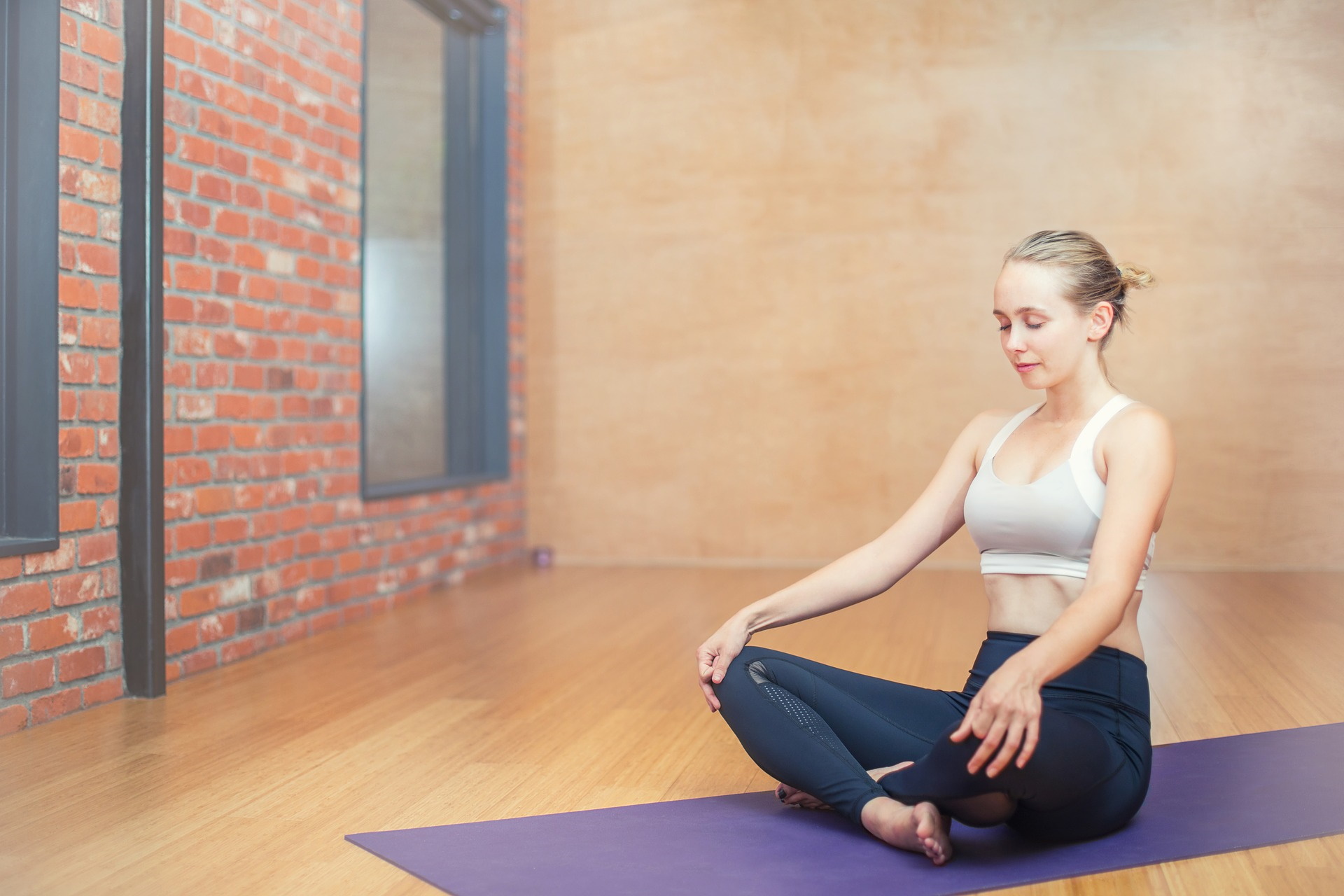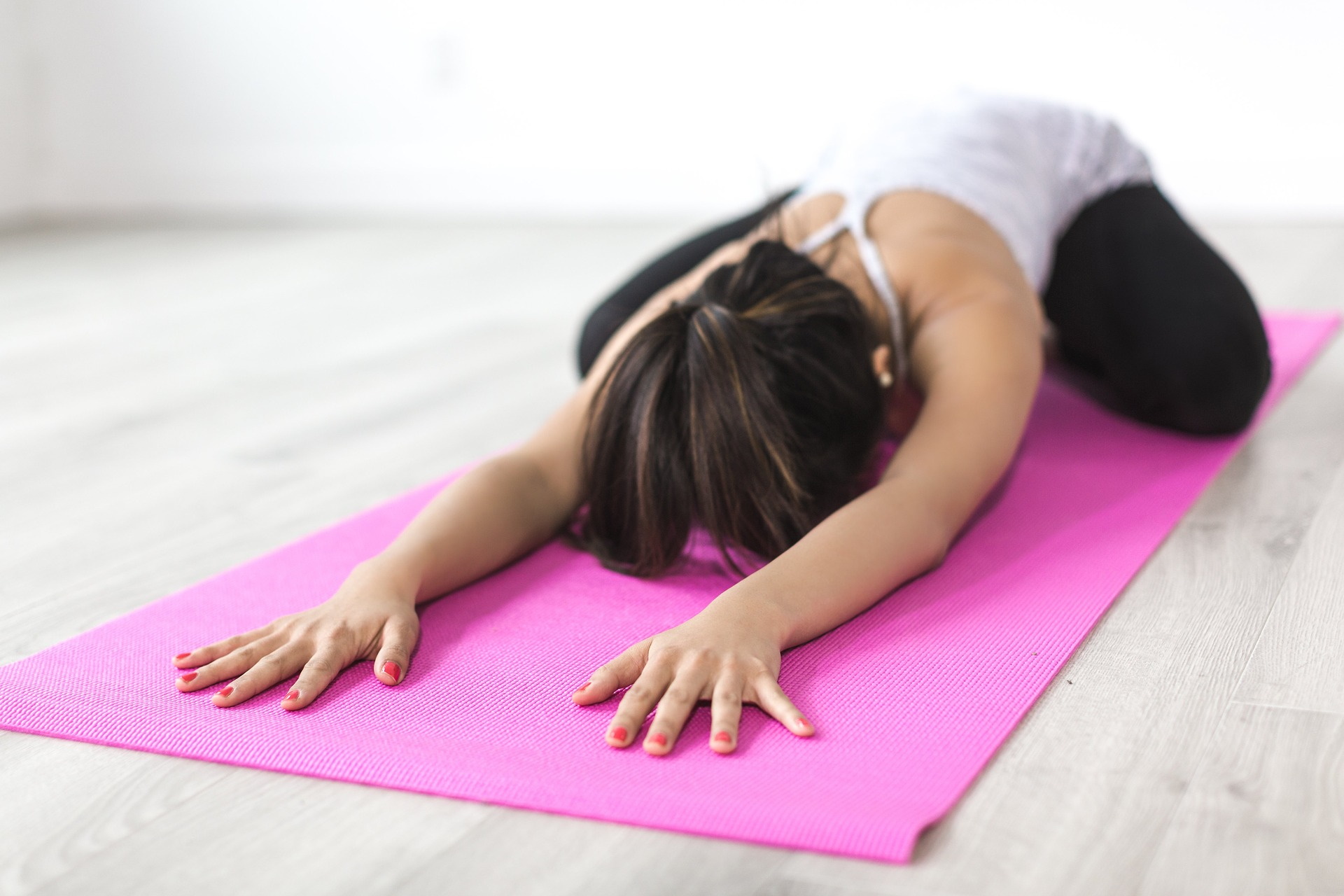Remove Mental Stress by Practising Yoga
We welcome yoga teacher, Manmohan Singh, who takes us through some of the poses that can help alleviate mental stress which also have many other benefits when practiced. Manmohan organises 200-hour Yoga Teacher Training in Rishikesh, loves writing and reading books related to yoga, health, nature, the Himalayas and trekking in India.
Every soul wants to feel like they have wings attached to their mind, and not just the shoulders. The reason is the airy vibe which allows people to taste the freedom and move wherever their heart takes them. On the other hand, a chaotic mind is a little devil which pulls us back from experiencing the feeling of ‘letting go’. So, the only solution to live an unforgettable life is to clear unwanted stress from our mind and make space for life-long cherished memories.
 A voluntary practice to aid happiness may sound embarrassing, but not to those who care about their mental and physical health. Yoga is an age-old possibility, which can break the existing barriers we have built in our mind; by rebuilding an ocean which is fresh and moves with the flow (not walls).
A voluntary practice to aid happiness may sound embarrassing, but not to those who care about their mental and physical health. Yoga is an age-old possibility, which can break the existing barriers we have built in our mind; by rebuilding an ocean which is fresh and moves with the flow (not walls).
Stress is a red light to our body which increases the heart rate and stirs our hormones. However, there are many ways to deal with the different types of stress; psychological stress, psychosocial stress, psychospiritual stress, and physical stress. As claimed by the American Psychological Association, there are three types of stress categorised as:
- acute stress
- episodic acute stress
- chronic stress
It is no surprise that both older members of society and young ones (teenagers and young adults) are subject to digital stress, bullying, study pressure, family issues and so on. Despite yoga being an ancient form of exercise, the benefits of it remain younger than even a new-born baby. As a society, we should focus more on the solutions which are handcrafted by our yogic community both for the youngsters and the oldies. Here I’d like to share with you, 5 yoga poses to help reduce mental stress.
Easy Pose – Sukhasana
This is a Hatha Yoga asana which is a simple, cross-legged seated pose. This pose is also used for performing pranayama activities (like regulation of the breath) and to activate consciousness through meditation both in Hinduism and Buddhism.
Steps: Cross your legs, sit on the floor, keeping your back perpendicular to the surface. Place your feet behind the back of each of your thighs whilst keeping the rest of your body erect. With open palms, rest your hands on your knees (ie left hand on left knee and right hand on right knee).
Benefits: Sukhasana helps to open our chakras like Muladhara (considered the foundation of the “energy body”) which calms both mind and body. The intense concentration increases focus and unlocks the door to enlightenment. By practicing this type of relaxation in our daily life, it can strengthen our back, stretch our ankles and knees and help us to gain internal peace and happiness by attracting abundant love.
Caution: Avoid doing this asana if you have any back problems, disc issues or knee injuries.
Standing Forward Fold or Bend – Uttanasana
This is a classic yoga pose which is a part of the Surya Namaskar series of jumping or stretching movements designed to warm up or loosen up the body. This transition pose has many unique health benefits.
Steps: Stand straight and bend forward to touch your toes whilst keeping your knees straight. Try to keep your stomach as close to your thighs as possible. Slowly, deepen your stretch and place your palms on the floor.
Benefits: Uttanasana calms the mind, and it helps to relieve stress, anxiety, and depression. It stretches the hamstrings, hips and strengthens the knees and thighs. This pose stimulates both the liver and kidneys as well as improve digestion. This amazing pose can also reduce fatigue and alleviate the symptoms of menopause.
Caution: Consult a doctor before you decide to engage in yoga practices.
Child’s Pose – Balasana
This resting pose is a kneeling Vinyasa asana which resembles the fetal position and is commonly referred to as “flow” yoga. It mainly focuses on the thighs and can alleviate back pain. It also helps us to experience mental, emotional and physical solace.
Steps: Kneel on the floor and sit on your heels. Then, bend forward and lay down completely on your torso whilst exhaling. Now, stretch your arms forward and keep your head down. Ensure you keep both feet close to each other under your hip.
Benefits: This pose is very effective to quieten noise in the mind as it sends calm signals to the brain when this pose is held for at least 30 seconds. Balasana also treats indigestion and helps with stomach related issues. It helps to strengthen the lower back, stretches the spine, and opens up the posterior which further releases and improves blood circulation.
Caution: Avoid doing this pose if you have any spine injuries, back pains, or shoulder problems.

Rabbit Pose – Sasangasana
This pose resembles a rabbit, hence the name! Sasangasana helps to open the third eye chakra, heart chakra, throat chakra, and it gently improves the functioning of the mind by also flushing out stress from the body.
Steps: Continuing from the Child’s Pose as explained above, hold your knees and pull your back up as if the mid of your spine is hooked to the ceiling. Make sure your head touches your knees as you perform this pose on the floor ensuring your knees and feet are together.
Benefits: Eases tensions and refreshes the body as it increases the blood flow to our drained-out brain. It improves the functioning of the immune system, stretches the spine and strengthens the abdomen by increasing blood circulation and improving the immune system.
Caution: In case of head or back injuries, avoid practising this pose.
Plow Pose – Halasana
This is an inverted pose in Hatha (physical) yoga which stretches the vertebral column and shoulders. Halasana is named after ‘Plow’ which is stereotypically used in Tibet and India. This pose is usually practiced early in the morning and then on an empty stomach in the evening.
Steps: Lay down flat on the floor and place your arms in-line with your shoulders. Inhale deeply and lift your lower body off the ground using only your abdominal muscles. Keep your legs at an angle of 90-degrees and balance your body with your arm and shoulder strength. Keep your back glued to the floor as you bring your feet over your head at an angle of 180 degrees to place your toes on the floor.
Benefits: The asana helps regulate the appetite and metabolism to improve digestion. It can also help regulate weight loss, normalise sugar levels, flexes the spine, and most importantly helps the individual to say goodbye to mental stress and body pain.
Caution: Avoid this asana if you have diarrhoea, neck injury, high blood pressure, are pregnant, or menstruating.
Yoga has no age, and so shouldn’t you!
Bob Brotchie is a counsellor, mindset consultant and creator of "Conscious Living by Design"™. He writes for Anglia Counselling, is featured on various other websites and introduces us to many guest writers all covering topics related to mental health and wellbeing.
Bob provides bespoke counselling services to individuals and couples in the privacy and comfort of a truly welcoming environment at his Anglia Counselling company office, located near Newmarket in Suffolk, England. Bob also provides professional online counselling, for local, national, and international clients. The therapeutic models offered are bespoke to the client’s needs, especially those in receipt of 'childhood emotional neglect' (CEN), whilst integrating a mindful approach to psychotherapy and cognitive behaviour therapy (CBT) principles. For clients experiencing trauma and/or phobia, Bob offers EMDR (Eye Movement Desensitisation and Reprocessing).
